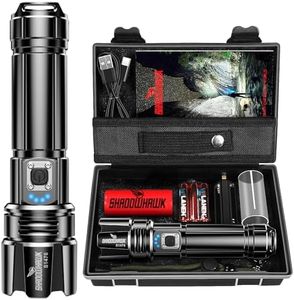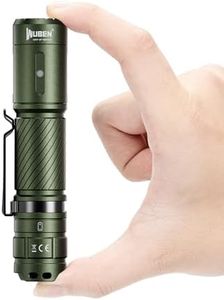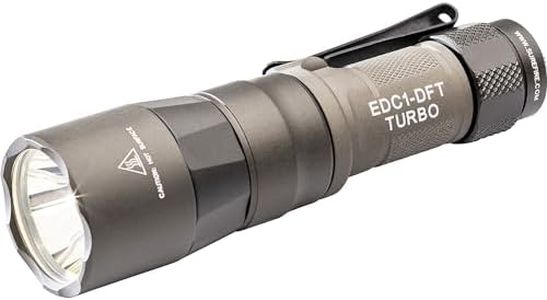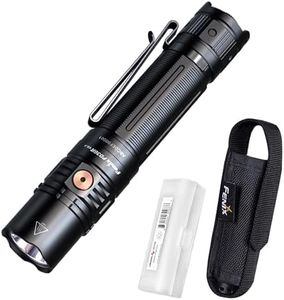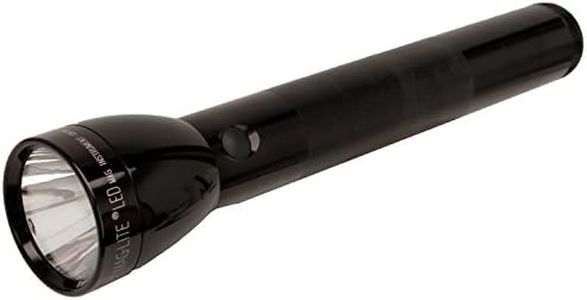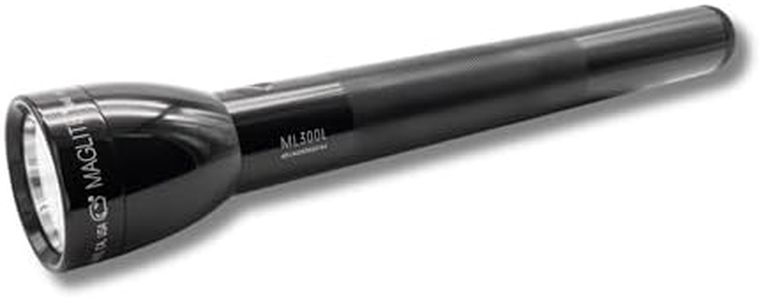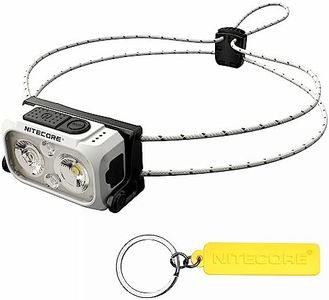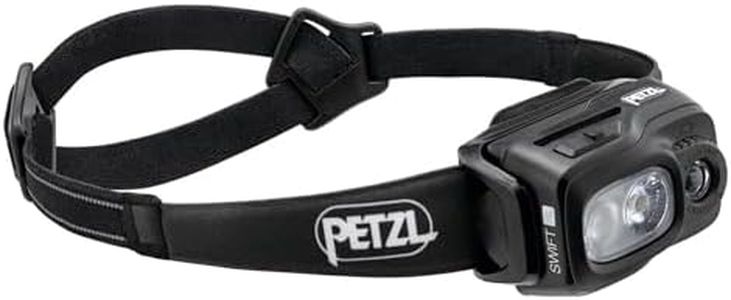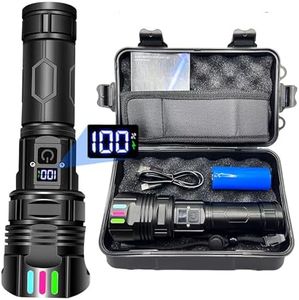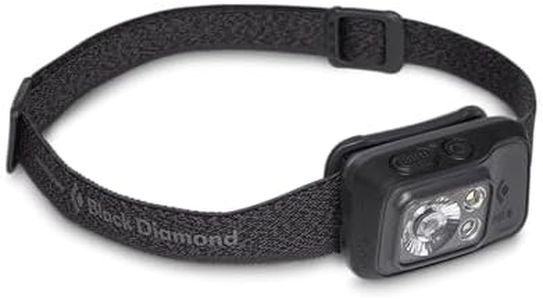We Use CookiesWe use cookies to enhance the security, performance,
functionality and for analytical and promotional activities. By continuing to browse this site you
are agreeing to our privacy policy
10 Best Camping Flashlights
From leading brands and best sellers available on the web.Buying Guide for the Best Camping Flashlights
Choosing a camping flashlight can make a big difference during your outdoor adventures. The right flashlight helps you stay safe, comfortable, and prepared, whether you’re navigating a dark trail, setting up camp at night, or looking for something in your tent. Consider how and where you’ll use the flashlight, how much light you really need, how long you expect to use it between charges or battery changes, and whether it should withstand tough weather or drops. Think about convenience as well—do you want something very portable or with special features, like adjustable beams or multiple modes? Let's look at the main specs to guide your choice.Brightness (Lumens)Brightness, measured in lumens, describes how much light a flashlight gives off. More lumens mean a brighter beam, which is useful for lighting up large areas or seeing far ahead. Low lumens (under 100) are fine for close-up tasks like reading or finding gear in a tent. Medium brightness (100–300 lumens) is good for general camping and walking around the campsite. High brightness (300 lumens and up) is best for hiking in deep forests, signaling, or emergencies. Think about how much light you actually need—if you’re mostly at a campsite, lower brightness will save battery life and make the flashlight less blinding. If you plan to hike at night or need to see long distances, choose a higher-lumen flashlight.
Battery Type and LifeBattery type affects both how long your flashlight lasts and how easy it is to keep powered up. Some flashlights use regular disposable batteries (like AA or AAA), which are easy to replace while camping. Others use rechargeable batteries you plug in at home or with a power bank. Battery life can range from a couple of hours to several days depending on brightness and mode used. If you’re on multi-day trips or won’t have access to charging, look for flashlights with long battery life or easily replaceable batteries. For short trips or regular access to charging, rechargeable models are more eco-friendly and might save you money over time.
Durability and Water ResistanceDurability is all about how well the flashlight holds up to drops, bumps, and rough weather. Many camping flashlights are made from tough materials like aluminum or sturdy plastic. Water resistance ensures the flashlight can handle rain, splashes, or even accidental drops in puddles. This is usually rated as IPX4 (splash resistant), IPX6 (resistant to powerful jets of water), or IPX7/IPX8 (can survive immersion in water for a short period). If you’re camping in rainy or wet environments, or want to use your flashlight for boating or fishing, aim for higher water resistance. For general camping, basic splash resistance is usually enough.
Size and WeightSize and weight determine how easy it is to pack, carry, and use your flashlight. Larger flashlights may provide more power and durability but take up more space and add weight to your gear. Small, lightweight models fit easily in a pocket or attach to a backpack, making them handy for quick tasks. If you’re backpacking and need to save space and weight, pick a compact flashlight. If car camping, you can afford a larger model that might be easier to hold or last longer.
Beam Type and AdjustabilityThe beam type affects how the light spreads out. Some flashlights have a focused beam for seeing far distances (good for trails or searching), while others have a wide flood beam for lighting up a larger area (great around camp). Many flashlights let you adjust between focused and wide modes, or have multiple brightness settings. Think about what you’ll use the flashlight for—if you need to see far ahead, prioritize a focused beam. If you want general campsite lighting, a wider beam may be better. Adjustable models give the most versatility but might be a bit more complicated.
Modes and Extra FeaturesSome flashlights come with extra modes like strobe, SOS, or different color options for signaling and emergencies. Others have features such as magnetic bases, belt clips, or the ability to stand upright for hands-free use. These features can add convenience or safety, but if you don’t need them, a basic flashlight will be simpler to use. Consider how and where you’ll use the flashlight to decide what extra features are helpful for your camping needs.
